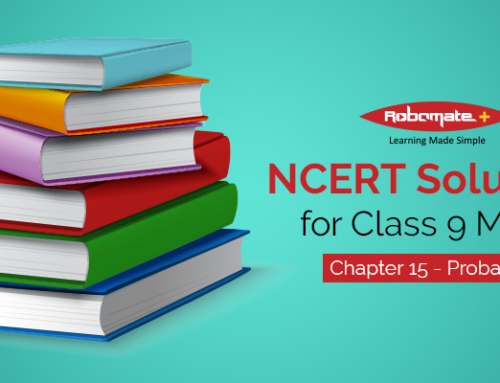NCERT solutions for class 9 maths chapter 1 pdf, Number system covers the major topics rational numbers, irrational numbers and decimal expansion of real numbers.
Rational Numbers:
The rational numbers can be positive, negative, in the form of fraction or zero.
The word rational is derived from the word ration, which can be given as fraction. Ratio compares two numbers. Rational numbers are often referred as simple fractions; this is because an integer divided by another integer can be expressed as fraction.
Examples: 1/5 is a rational number
This is because an integer is divided by another. 1 is divided by 5
1 ½ is also a rational number.
This is because we can write it as 3/2. 3 is divided by 2
Irrational Numbers:
As the name says, it cannot be written as fraction or ratio between two numbers. The irrational numbers will continue without any repetition.
Examples: Pi i.e. 3.14 is the commonly used irrational number in Maths. It is used in calculating the circumference of the circle. There is no pattern of repetition in Pi after detailed analysis.
e, also known as Euler’s number plays an important role in the subject of compound interest. The value of number is 2.71828. e is the limit of (1 + 1/x)x as x. where x is infinity
Decimal expansion of real numbers:
The decimal expansion of a number is its representation in base-10 (i.e., in the decimal system). The “decimal place” consists of a digit 0-9 multiplied by a power of 10.
A decimal representation of a non-negative real number n is an expression in the form of a series. These are of 3 types Terminating, non-terminating repeating and non-terminating non-repeating













